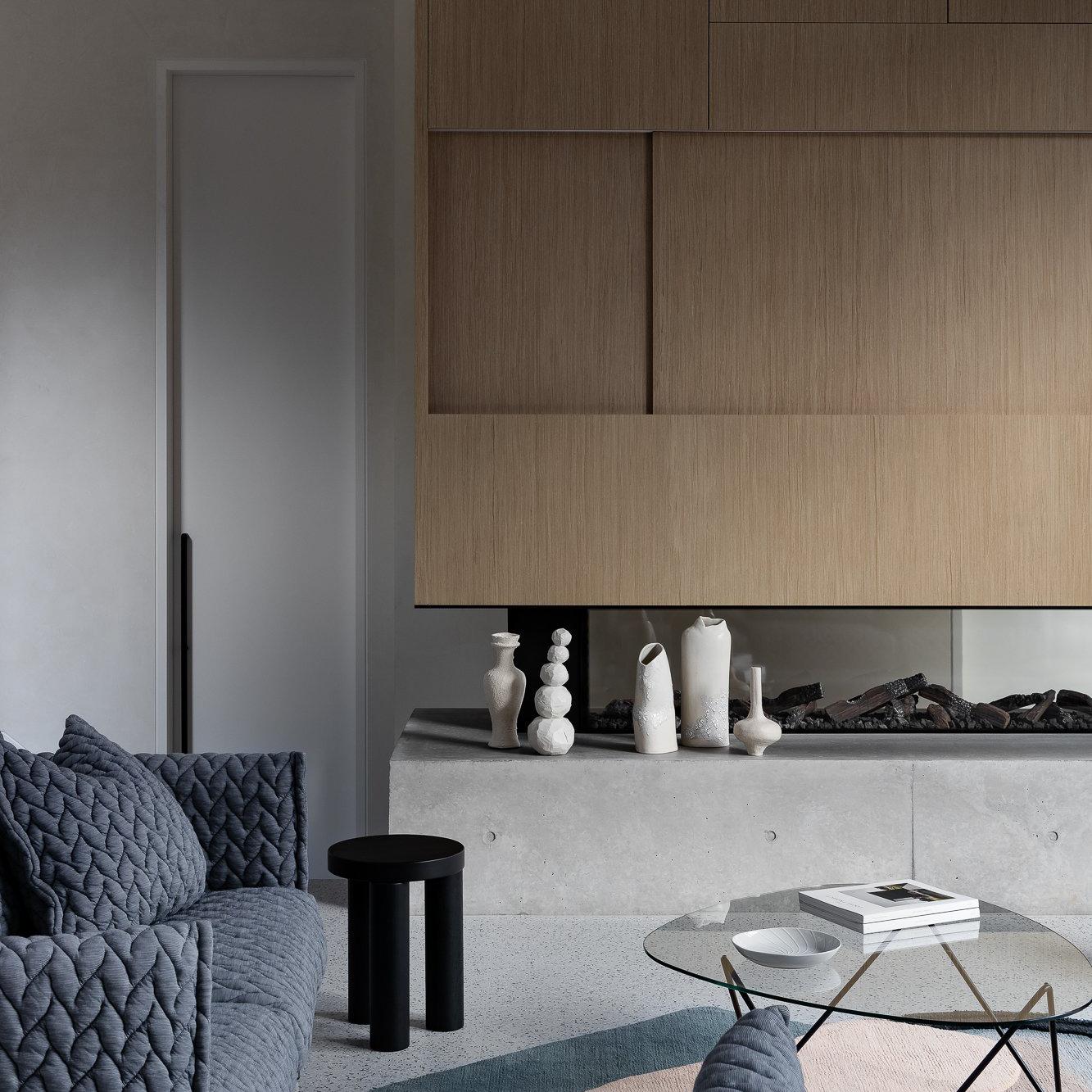Introduction
Sloped ceilings can add character and uniqueness to any living space. They give a feeling of spaciousness and offer a more dynamic visual effect than traditional flat ceilings. However, lighting can be somewhat challenging when dealing with angled spaces. The good news is there are plenty of creative and exciting ways to light up sloped ceilings.
Types of Sloped Ceiling Lights
There are many types of sloped ceiling lights available on the market, ranging from pendant lights, track lights, recessed lights, and more. Here are some popular options and their features:
Pendant Lights
Pendant lights are a common choice for sloped ceilings, as they hang down from a central point and can adjust to any angle. One major advantage of pendant lights is that they come in various styles and designs, which means there is always a style that fits the overall aesthetic of the living space.
Recessed Lights
Recessed lights are another option for sloped ceilings. They are installed directly into the ceiling, so there is no need for wires or cords. Recessed lights offer a modern look and provide subtle yet effective lighting for any space.
Track Lights
Track lights are another popular choice for sloped ceilings as they can be customized to fit any angle. They are a great option for illuminating specific areas like artwork, bookshelves or even countertops. In addition, track lights are easy to install and can add a unique touch to any space.
Design Tips for Sloped Ceiling Lighting
Now that you have an idea of the different types of sloped ceiling lights, it’s time to explore some design tips for lighting up your space.
Think About the Height
One of the critical factors to consider when installing sloped ceiling lighting is the height. You want to ensure that the light fixtures are installed at the right height to provide enough light for the room. The height will vary based on the type of fixture and the height of the ceiling. However, it’s always best to err on the side of caution and have a professional install the lights to ensure proper positioning.
Choose the Right Color Temperature
When choosing lightbulbs for sloped ceiling lighting, consider the color temperature. The color temperature refers to the warmth or coolness of the light. Warm lights tend to be more yellow, while cool temperatures tend to be more bluish-white. It’s best to choose the temperature based on the overall feel you want for the space. For example, warm lights can create a cozy and calming atmosphere, while cool lights can add a sleek and modern feel.
Layer Your Lighting
To balance the overall lighting of the room, it’s essential to layer your light sources. As mentioned before, sloped ceilings tend to create more dramatic lighting, so having different sources of light can create a more balanced effect. For example, you can add floor lamps, table lamps, and even candles to create varying levels of light.
